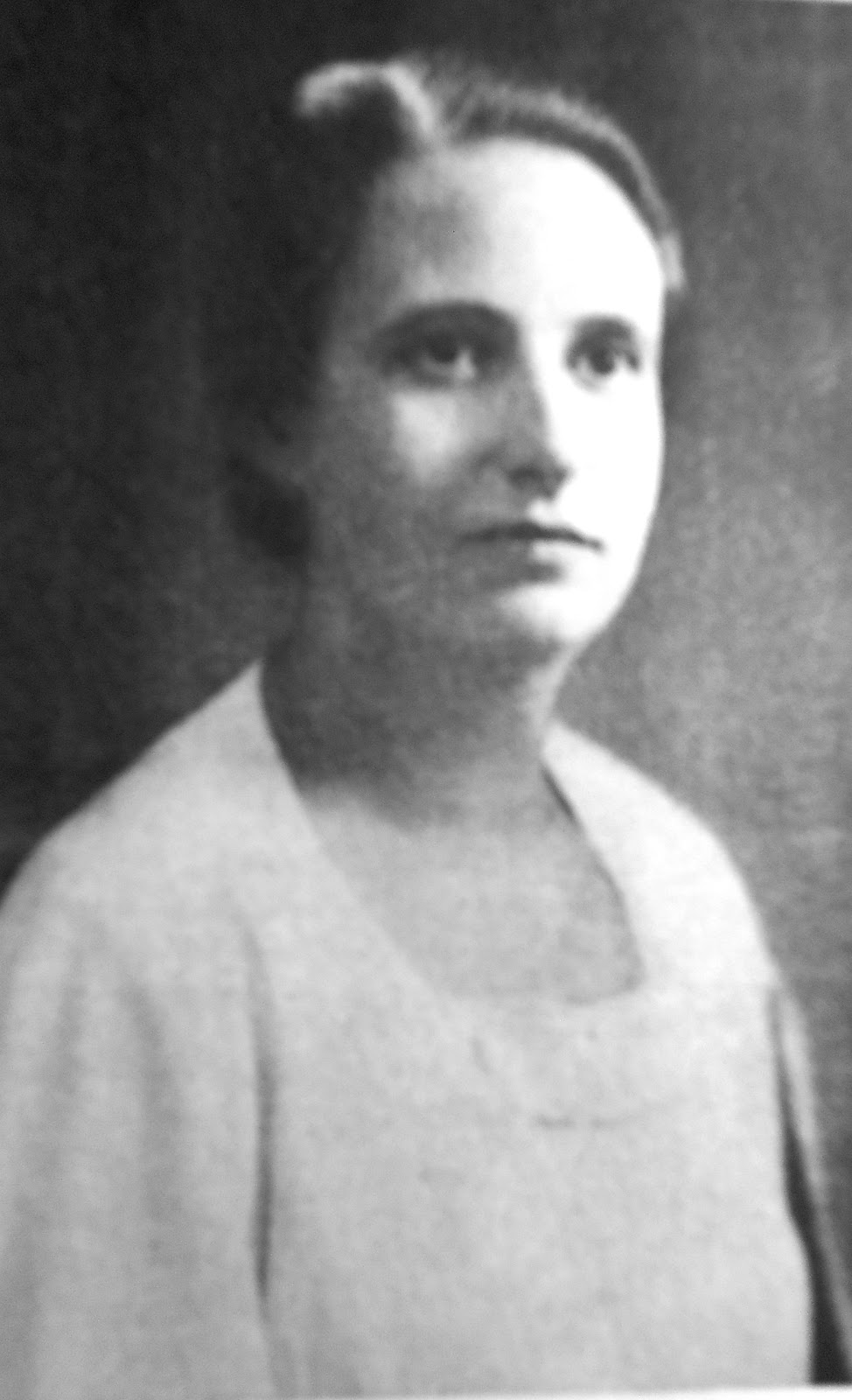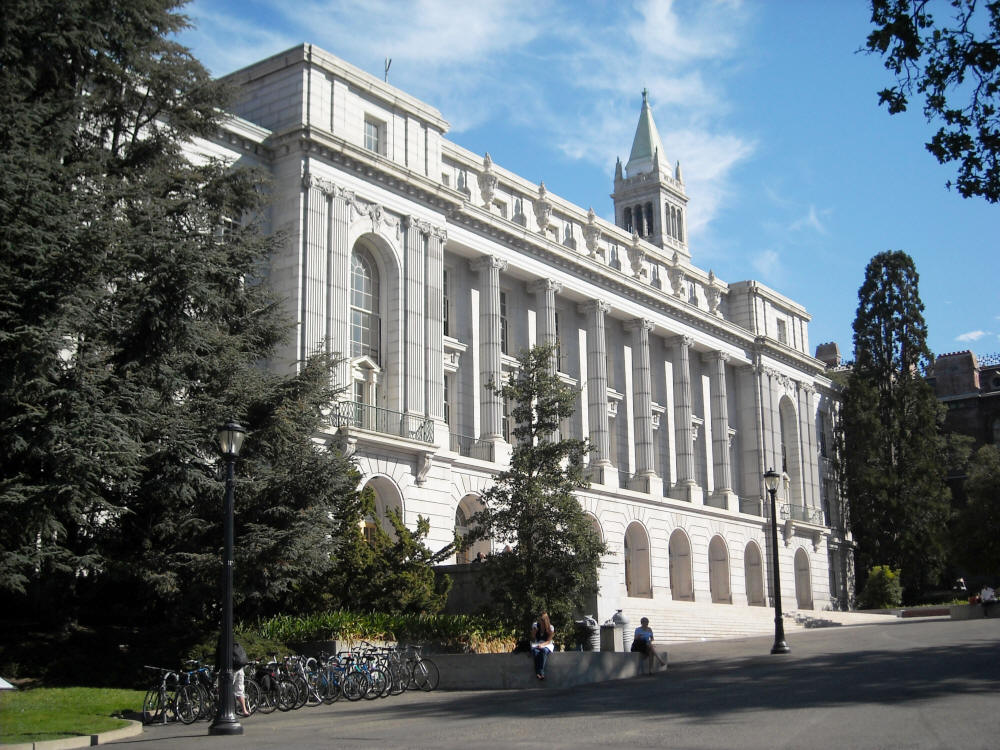

Partner Lorena Hickok
 Marion Janet Harron (September 3, 1903 – September 26, 1972) was a
United States Tax Court judge
(c.1936), and best known for having an affair with
Lorena Hickok.[1]
Hickok was reputed to be involved with
Eleanor Roosevelt at the time this affair started and Harron became a
frequent visitor at the
White
House.[2]
Marion Janet Harron (September 3, 1903 – September 26, 1972) was a
United States Tax Court judge
(c.1936), and best known for having an affair with
Lorena Hickok.[1]
Hickok was reputed to be involved with
Eleanor Roosevelt at the time this affair started and Harron became a
frequent visitor at the
White
House.[2]
Harron was born in San Francisco. She graduated Phi Beta Kappa from the University of California, Berkeley, in 1924 and stayed on for a law degree, which she received in 1926, having made law review.
While a student, Harron was drawn into what one historian has called “the female dominion of American reform,” a network of women-led, nonpartisan organizations that worked to improve the conditions of children, the poor, and the working classes. During her summers in law school, for example, she worked for a state board that set minimum wages for working women.
Although Harron passed the California bar the summer she graduated from law school, instead of practicing law in her home state she moved to New York City. For two years she worked on the staff of the National Industrial Conference Board (NICB), a nonprofit, nonpartisan business group that sought to popularize practices “beneficial to employers and employees and subservient to the welfare of the nation.”
After her stint at the NICB, Harron surveyed New York’s factory laws for a state commission. During this period she helped the Columbia University law professor Herman Oliphant develop legal arguments against court injunctions that forbid workers from joining trade unions. When Oliphant created the short-lived Johns Hopkins University Institute for the Study of Law, he hired Harron to compile a survey of the research projects of American law professors. In 1929 she returned to New York City. Although her obituary said she “practiced law on Wall Street,” Harron never worked for a corporate law firm. Rather, she toiled in the trusts, estates, and real estate department of a major bank.
Throughout this period Harron continued to be active in female-headed reform groups. Several women in her circle organized the Women’s Division of the Democratic National Committee, which, after FDR’s election in 1932, found government jobs for female professionals. Presumably with the help of the Division–and demonstrably with the endorsement of the Democratic Senator from California–she landed a place on the legal staff of the National Recovery Administration (NRA). At NRA, Harron never went to court. Rather, she negotiated with businessmen to ensure that the “codes of fair competition” for the food and textile industries were fair to workers and consumers. The experience left her convinced that lawyers ought to educate themselves “rigorously in the science of finance, of economics and of business.”

University of California, Berkeley, CA
Harron stayed at NRA until the Schechter decision of May 1935. From the wreckage of NRA she leapt to the Resettlement Administration (RA), a federal agency headed by Rexford Tugwell that helped tenant farmers relocate from worn-out regions. Conservative Congressmen, whose landowning constituents wanted at least some of their tenants to stay where they were, hated RA. After their attacks seriously weakened the agency, Harron at last decided to try practicing law back in California. She had barely begun when, in June 1936, the Women’s Division landed her a presidential appointment to a twelve-year term on the U.S. Board of Tax Appeals. She replaced the BTA’s first and only female member.
The BTA (renamed the U.S. Tax Court in 1942) was organized as an independent agency, distinct from the Treasury Department, to hear appeals from the Bureau of Internal Revenue (BIR; now known as the Internal Revenue Service). It was a “legislative” or “administrative” court, not an “Article III” court in the federal judiciary. Sitting alone, members of the BTA decided appeals on a record created before them by the lawyers for the taxpayer and the BIR under the procedures federal courts followed in equity cases. As a tax lawyer explained in 1939, “Winning or losing a tax case before the Board is precisely the same as winning or losing a law suit before a court–no more, no less. Both demand the same capacities and the same tactics.” When Harron and the other members of the BTA heard cases outside Washington, they often used the courtrooms of the state and federal judiciary. When her term ended in 1948, the members of ABA’s tax section voted 104 to 57 against her renomination.
Harron was reappointed, and she served on the Tax Court until 1970. A eulogist recalled that she “enjoyed her privacy.” She never married but did develop at least one close emotional attachment, to the journalist Lorena Hickock. Harron regularly visited Hickock’s summer home on Long Island. Doris Faber, Hickock’s biographer, reported that Harron’s letters to the journalist “contain passages of a passionate intensity that strongly hint at physical intimacy.” After Harron visited Hickock in the summer of 1945–that is, about when tax lawyers started grousing over her conduct of trials–the journalist described her as being “in a nervous and emotional state” and “very explosive.” Hickock reported that Harron had “gott[en] into a fight” with another guest, the bodybuilder Clarence Ross. She attributed Harron’s irritability to the onset of menopause.
Harron lived with her mother until her mother’s death, a year before Harron’s own. Harron died of cancer in 1972.
My published books: